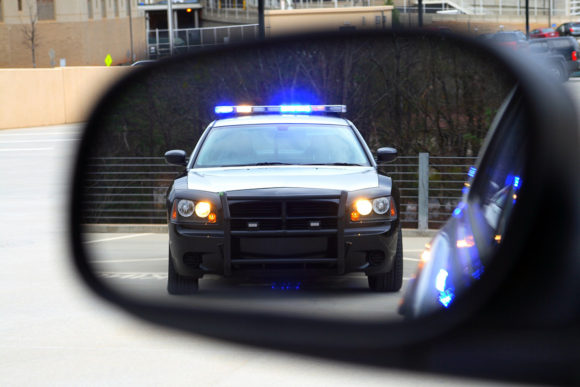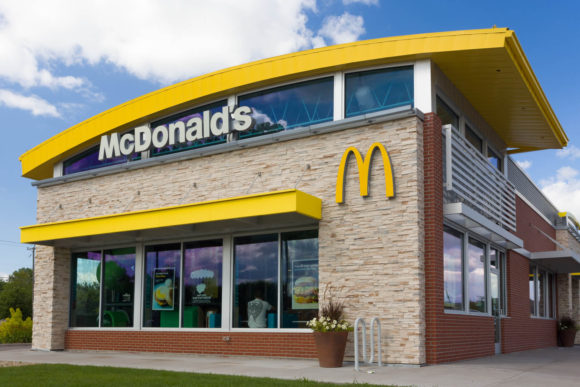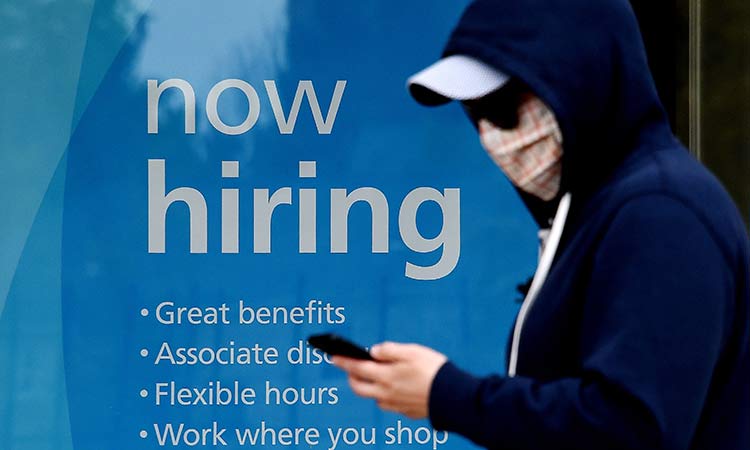Lara Trump Campaigns With One Of America’s Most Vile Anti-Muslim Extremists
Christopher Mathias,
HuffPost•September 2, 2020
Lara Trump, an adviser to the presidential campaign of father-in-law Donald Trump, campaigned with one of America’s worst anti-Muslim bigots on Tuesday.
In a photo posted by a campaign official to Twitter on Wednesday, Lara Trump can be seen standing beside Laura Loomer, the Republican nominee for Congress in Florida’s 21st District, at a GOP event in Boca Raton.
Behind Trump and Loomer are campaign volunteers who can be seen holding up signs for both Donald Trump and Loomer.
Another photo shows Lara Trump bumping elbows with Loomer, one of the country’s most infamous anti-Muslim extremists, whose bigotry has earned her the dubious distinction of being banned from Twitter, Facebook, Instagram, PayPal, GoFundMe, Venmo, Uber, Lyft and Uber Eats.- -
She is, however, still allowed on the right-wing social media platform Parler, where on Tuesday Loomer posted a photo of herself standing with Lara Trump. The pair are smiling and pointing to a Loomer campaign sign.
The Trump campaign didn’t respond to multiple HuffPost requests for comment on Lara Trump’s appearance with Loomer.
Laura Loomer posted this photo on her Parler account. pic.twitter.com/Y2r8uFHKlv
— Alex Kaplan (@AlKapDC) September 2, 2020

— Alex Kaplan (@AlKapDC) September 2, 2020

Lara Trump, center, an adviser to her father-in-law's presidential campaign, poses for a photo with Laura Loomer, right, one of America's worst anti-Muslim bigots, at a Republican event in Boca Raton, Florida, on Sept. 1. Loomer recently won the GOP nomination for Congress in Florida's 21st District. (Photo: Twitter)More
 Trump, left, bumps elbows with Loomer at the GOP event. (Photo: Twitter)
Trump, left, bumps elbows with Loomer at the GOP event. (Photo: Twitter)
Loomer, 27, has been a far-right operative for years with stints as a correspondent for disreputable far-right conspiracy websites including InfoWars, Rebel Media and Project Veritas.
Once, responding to news that many migrants crossing the Mediterranean in Europe were drowning, Loomer tweeted that she hoped “2,000 more” would die.
 A GOP nominee for Congress. (Photo: Twitter)
A GOP nominee for Congress. (Photo: Twitter)
She has called Islam a “cancer,” Muslims “savages,” and herself a “#ProudIslamophobe.”
“I DON’T CARE ABOUT CHRISTCHURCH,” Loomer wrote in a Telegram post after a white nationalist massacred 51 Muslims at two mosques in Christchurch, New Zealand.
According to Right Wing Watch, she has close ties to a Florida-based organization called The United West, which the Southern Poverty Law Center has designated an anti-Muslim hate group.
Loomer also has deep ties to white supremacists, and once posed for a photo with well-known fascist Richard Spencer.
It is not necessarily surprising that the Trump campaign would be supportive of an extremist like Loomer.
Trump himself, of course, is a raging Islamophobe who once called for a “complete and total shutdown” of Muslims entering the U.S.
Loomer’s campaign adviser Karen Giorno, who raised over $1 million to help Loomer win the Republican primary, worked as an adviser on Trump’s 2016 presidential campaign.
Loomer is widely expected to lose in the general election this November. Florida’s 21st District — which includes the president’s Mar-a-Lago resort — is heavily Democratic.
Related...
She Called Muslims ‘Savages’ And Islam A ‘Cancer.’ Now She’s A GOP Nominee.
2 QAnon Promoters Will Rally Voters For Trump At Official Events This Weekend
U.S. Faces A ‘Perfect Storm’ Of Political Violence Heading Into November Election
Love HuffPost? Become a founding member of HuffPost Plus today.
This article originally appeared on HuffPost and has been updated.
 Trump, left, bumps elbows with Loomer at the GOP event. (Photo: Twitter)
Trump, left, bumps elbows with Loomer at the GOP event. (Photo: Twitter)Loomer, 27, has been a far-right operative for years with stints as a correspondent for disreputable far-right conspiracy websites including InfoWars, Rebel Media and Project Veritas.
Once, responding to news that many migrants crossing the Mediterranean in Europe were drowning, Loomer tweeted that she hoped “2,000 more” would die.
 A GOP nominee for Congress. (Photo: Twitter)
A GOP nominee for Congress. (Photo: Twitter)She has called Islam a “cancer,” Muslims “savages,” and herself a “#ProudIslamophobe.”
“I DON’T CARE ABOUT CHRISTCHURCH,” Loomer wrote in a Telegram post after a white nationalist massacred 51 Muslims at two mosques in Christchurch, New Zealand.
According to Right Wing Watch, she has close ties to a Florida-based organization called The United West, which the Southern Poverty Law Center has designated an anti-Muslim hate group.
Loomer also has deep ties to white supremacists, and once posed for a photo with well-known fascist Richard Spencer.
It is not necessarily surprising that the Trump campaign would be supportive of an extremist like Loomer.
Trump himself, of course, is a raging Islamophobe who once called for a “complete and total shutdown” of Muslims entering the U.S.
Loomer’s campaign adviser Karen Giorno, who raised over $1 million to help Loomer win the Republican primary, worked as an adviser on Trump’s 2016 presidential campaign.
Loomer is widely expected to lose in the general election this November. Florida’s 21st District — which includes the president’s Mar-a-Lago resort — is heavily Democratic.
Related...
She Called Muslims ‘Savages’ And Islam A ‘Cancer.’ Now She’s A GOP Nominee.
2 QAnon Promoters Will Rally Voters For Trump At Official Events This Weekend
U.S. Faces A ‘Perfect Storm’ Of Political Violence Heading Into November Election
Love HuffPost? Become a founding member of HuffPost Plus today.
This article originally appeared on HuffPost and has been updated.









.jpg?width=600)










